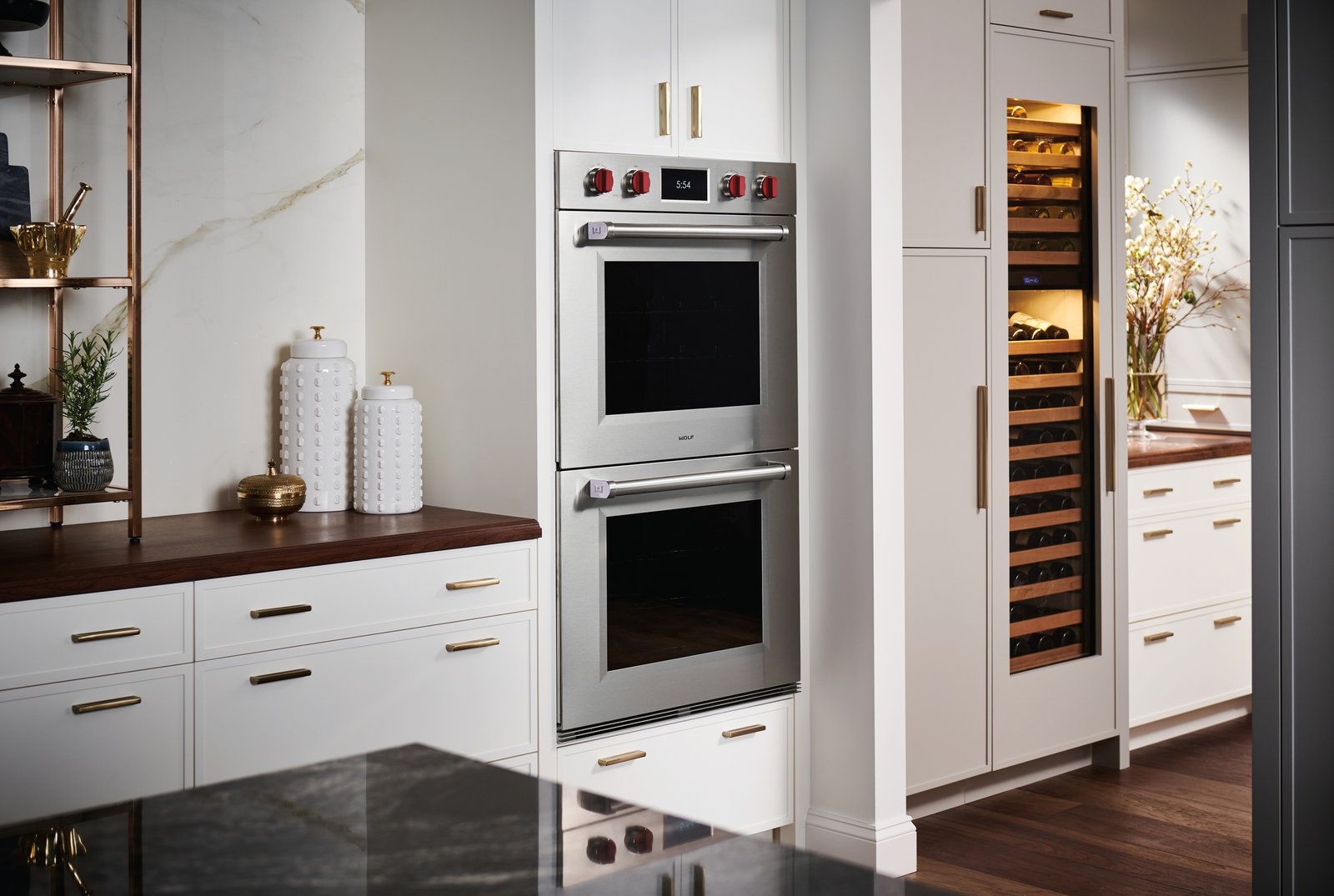Any project that includes a kitchen forces its architects to think about the best way to incorporate their artifacts. In this case, we will talk about the oven, an appliance that has evolved enormously and that therefore involves a series of factors when choosing the best model to install.
Installing a built-in oven in your kitchen is much easier than you can imagine, so before calling a technician we recommend you read this article.
The oven has become an almost essential kitchen appliance, since it opens up a huge range of possibilities for preparing recipes of all kinds. In addition, it is a very healthy option to cook food while maintaining its properties and flavors.
Depending on the specific needs of each user, https://fix-appliances.com/ present it with different types of built-in ovens, ranging from multifunction models to others with automatic programming, passing through ovens that include self-cleaning systems.
Cooking Habits and Flexibility to Design the Space

For those who use the oven in a simple way, their needs are solved with a basic oven, that is, with 3 functions; superior resistance, inferior resistance and the combination of both.
Those users who demand more features, can choose mid and high-end models. These so-called multifunction ovens offer more cooking possibilities, being able to go from 5 to 10 different options. These cooking functions are achieved by combining the 4 sources of heat present in this type of oven (upper, lower, rear and double grill) with the rest of the oven’s functional elements (ventilation, defrosting, etc.).
Built-in ovens allow you to design the kitchen in a way that adapts to the lifestyle of those who will use the utensils. For example, it is not necessary for the oven to be located directly under the kitchen, so we can make more efficient use of the spaces if there is more than one person using appliances in the kitchen.
There are 2-cavity ovens, such as the HDL-888 model, and the HL-45.15 model, which has a special lower cavity for pizzas or similar foods, optimizing the interior space and carrying out a cooking process faster and more efficient. It is also possible to incorporate the concept of the Oven Column in which a microwave oven is located, perfectly embedded, on an electric oven, a concept that won several design awards.
For busy users, the oven with the Hydro clean system is recommended: a self-cleaning system that facilitates maintenance of the oven, just with a glass of water and a special treatment of the interior cavity.
Automatic programming is another relevant feature that allows the automatic operation of the oven, allowing the programming of the right moment to start and / or end the cooking process, and the characteristics of said process (temperature, time, etc.)
For those looking for functionality, the most important values are aspects such as adequate ventilation of the oven or the triple or double glass door, which is an excellent safety measure by guaranteeing low temperatures in the outer parts of the oven. Furthermore, most of the models incorporate a new gas evacuation system that allows a perfect view of the cooked items and optimizes the final result of your food.
Installation of a Built-In Oven
An opening must be made in the bureau with the measurements demonstrated in the figure, with the base element of the bureau base being 500 and/or 580 mm. contingent upon the model (See figures 1 and 2).
To fit the multifunction ovens, the back of the cabinet, corresponding to the shaded area in figure 3 (see Fig 3), must not have any protrusions (cabinet reinforcements, pipes, socket base, etc. The paste used in the plastic covering of the furniture must withstand temperatures above 85ºC.
In the case of Chile, it is important to note that there are basically 2 furniture depth measurements, 50 cm. deep and the European standard of 60 cm. Multifunction ovens have a fan on the back, so they require more depth.
For the connection, the oven has the appropriate cable for the different powers, however it will be the responsibility of the authorized installer to see the conditions in which it will be installed and the most appropriate way of connection, remember that in a kitchen it is not the only product used electric power.
How to Disassemble and Install a Built-in Oven?
The Steps to Disassemble the Built-in Oven are as Follows:
- Disconnect the electrical current. It is essential to do it before handling it.
- Unscrew the screws that hold the oven.
- Disconnect the plug from the oven.
- Eliminate the oven from the kitchen.
To Install the New Built-in Oven, you must:
- Connect the oven to the same outlet from which you took the previous one.
- Place the oven inside the hole.
- Screw in the screws that hold the built-in oven.
- Reconnect the electrical current.
We have certified materials and accessories for gas and water, which allows us to guarantee safe work in each home where we are hired.
We are able to install step heaters, gas accumulation heaters and electric heaters with their respective accessories, we also install table stoves, built-in covers, floor stoves, natural gas and propane ovens and dryers complying with all the required requirements by current regulations.

